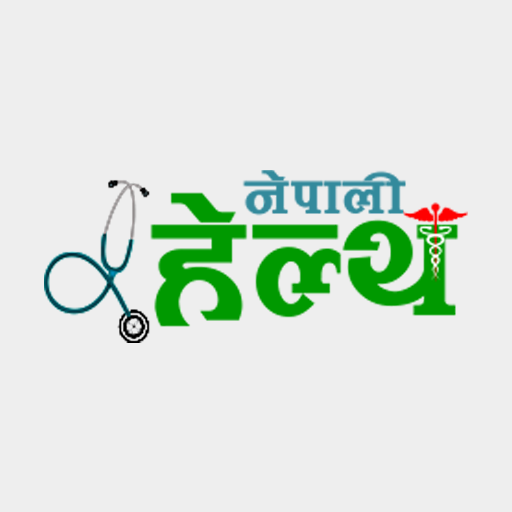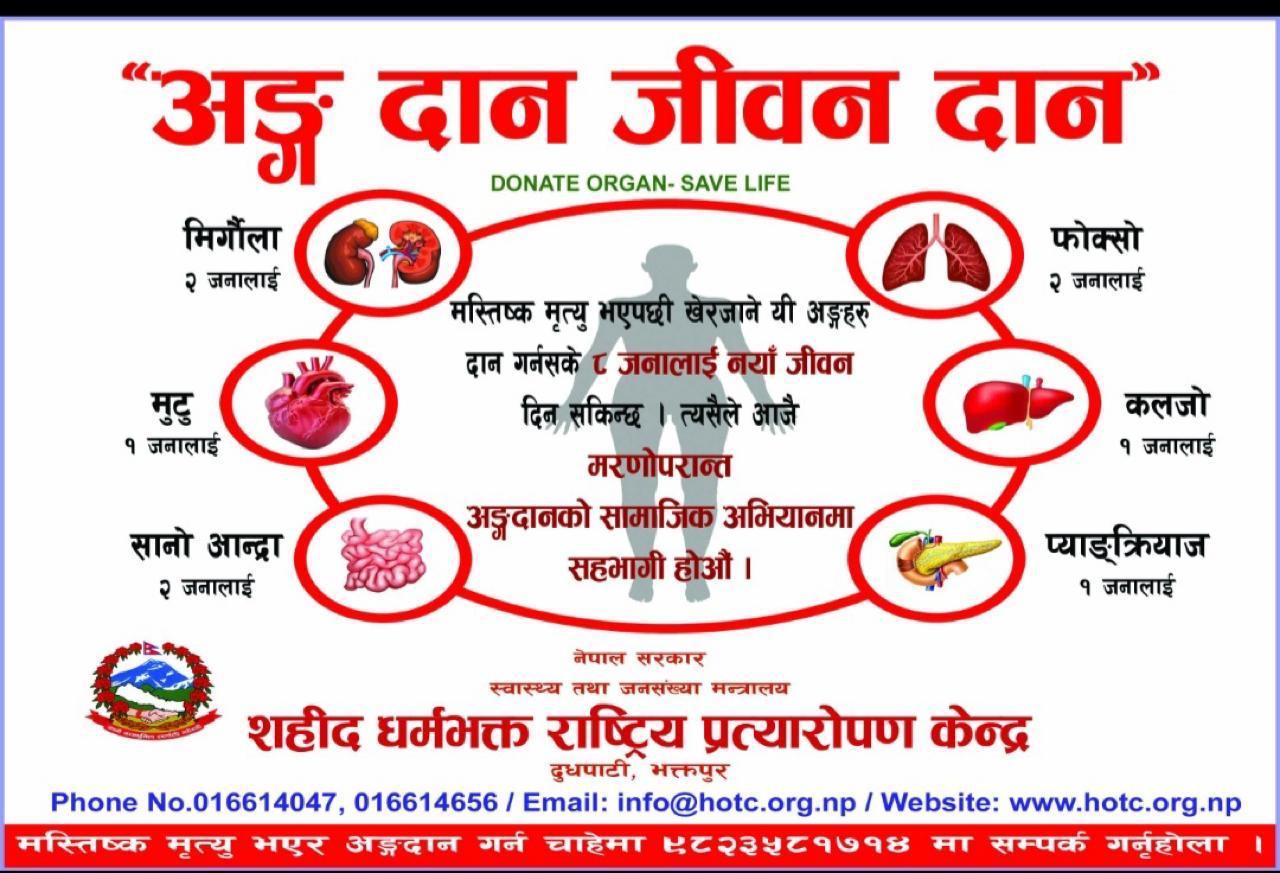‘Severe Acute Malnutrition Still Prevalent in Marginalized Nepali Communities’

The world is marching towards the reduction of problems like malnutrition, Nepal along with other developing countries still struggles with Severe Acute Malnutrition (SAM) (severely wasted: too thin for their height), especially among the most marginalized communities.
One study conducted in the Satar community of Jhapa Nepal, has uncovered an alarming rate of SAM among the children less than the age of five years.
The Satar or Santhal are an indigenous community of Nepal with rich heritage and unique traditions. This ethnic group primarily resides in the Jhapa and Morang districts of Nepal. There have been few research done in this group, which have found that Santhal community is one of the most economically challenged and socially excluded groups in Nepal. With the population of almost 60,000 (according to Nepal Population and Housing Census 2021) they still have to face the problems of low literacy rate and extreme poverty. A study done by Dahal et al., revealed an alarming rate of severe acute malnutrition (SAM) among under five years of children in this community. Where the national average of SAM in under five children was reported to be 3% (increased from 2016) by the 2020 National Guideline for Integrated Management of Acute Malnutrition (IMAM) Program in Nepal, in Santhal community this prevalence was much higher of nearly 7.53%. The study also found that nearly 98% of the Santhal families live below the poverty line, earning less that Rs. 300 a day.
Dahal et al., found that low economic status and less frequency of breastfeeding as key determinants of SAM in this community. Children who were breastfed fewer than eight times a day were twice as likely to suffer from SAM, highlighting the critical role of proper infant feeding practices. Additionally, children born in low economic families were eleven times more likely to suffer from SAM as compared to the children who were born in families above the poverty line. Although not significant, shorter birth intervals and severe food insecurity were also positively associated to the high malnutrition rates. This extreme economic deprivation, compounded by food insecurity, lack of access to healthcare, and inadequate breastfeeding practices needs immediate attention by the government and other concerned authorities.
What Are the Public Health Organizations Doing?
While efforts to address malnutrition are underway, the specific needs of Nepal’s indigenous and marginalized groups, like the Satar community, are often overlooked. Current government programs and international aid initiatives have made strides in combating malnutrition, but targeted interventions for these vulnerable populations remain inadequate.
The government of Nepal, in collaboration with public health organizations such as UNICEF and WHO, has implemented and still is implementing many nutrition related program. One of the major programs is Scaling Up Nutrition (SUN) Movement. This movement commits to implement and scale up evidence-based, cost-effective plan like: Multi-Sectoral Nutrition Plan II, and National Nutrition Strategy. There have been nutritional rehabilitation homes, mobile children examination camps, nutritional supplements programs, FCHVs involvement in educating nutritional diet, and school programs going on. However, these programs needs to be more robustly enforced in marginalized areas, especially in the remote regions.
The Bigger Picture: National and Global Prevalence
Malnutrition remains a critical health issue in Nepal. A report from 2020 National Guideline for IMAM Program in Nepal reveals that the prevalence of children malnutrition in Nepal is among the highest in the world. Nationwide, it is estimated that around 271,250 children under five years suffer from moderately acute malnutrition (MAM) and 90,417 suffer from SAM. The country ranks 73rd out of 117 countries on the 2019 Global Hunger Index, signaling a serious hunger problem that disproportionately affects the poorest communities.
While global attention has focused on alleviating hunger and malnutrition, efforts must now be intensified for vulnerable ethnic groups like the Satar community. The consequences of failing to address SAM in these groups are far-reaching, contributing to stunted growth, weakened immunity, and increased child mortality rates.
What Needs to Be Done?
The findings from the study suggest that eliminating malnutrition in Nepal will require comprehensive, multi-sector approaches. Public health interventions need to extend beyond immediate nutritional supplements to address the root causes of poverty and food insecurity. Social safety nets, livelihood programs, and food security measures must be integrated into public health strategies to uplift marginalized communities from chronic poverty.
In conclusion, severe acute malnutrition continues to plague communities like the Satar in Nepal, where poverty, food insecurity, and inadequate healthcare converge to create dire conditions for young children. Public health organizations and the Nepali government must accelerate their efforts to provide targeted support to these vulnerable populations. Only through sustained, inclusive efforts can the country hope to eliminate malnutrition and improve the health and wellbeing of all its citizens.
Question for Readers: How can the government and public health organizations further improve their efforts to reduce malnutrition among marginalized communities in Nepal? Should there be a specific focus on indigenous populations?
By raising these questions, we hope to spark a wider conversation on how best to tackle this ongoing issue in Nepal.
#Dahal, Doctor of Public Health Student, East Tennessee State University
सम्पर्क इमेल : [email protected]
























